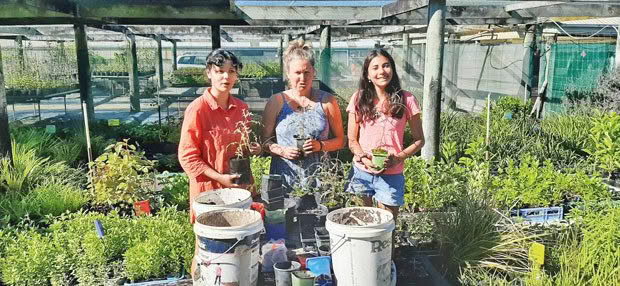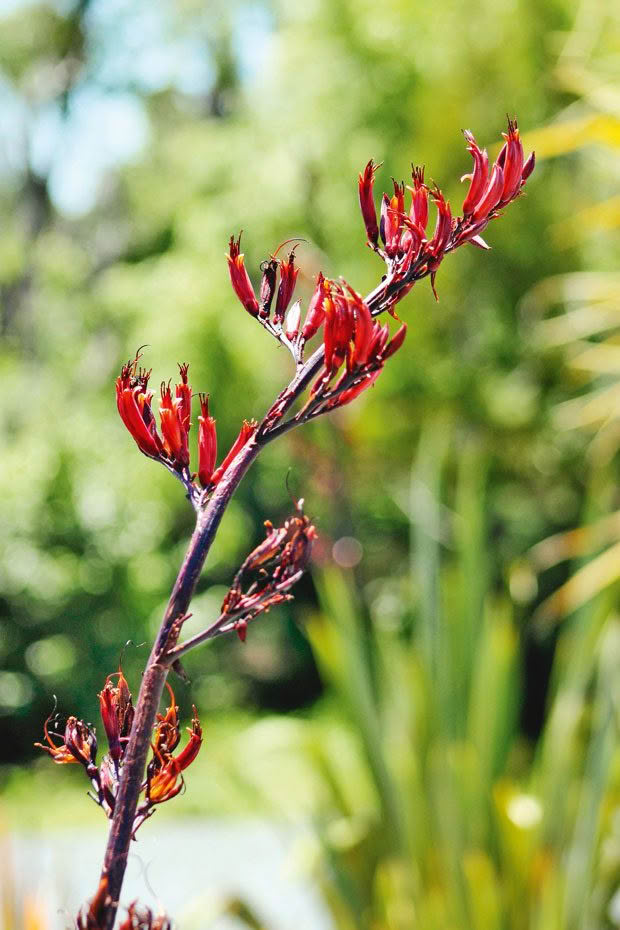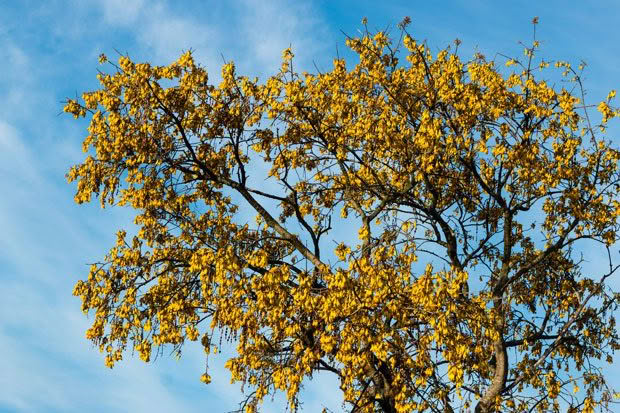Behind the Women’s Native Tree Project Trust: How this group is helping recloak Gisborne with eco-sourced native trees

A group of (mostly) women are regenerating Gisborne’s flora — one eco-sourced seed at a time.
Words: Cari Johnson
In the nursery, Karen “Kauri” Forno is surrounded by itsy-bitsy sprouts and soon-to-be saplings. Kauri, who prefers to go by her arborous nickname, has big plans for her babies. One day, when the harakeke, tī kōuka and kōwhai are all grown up, they will help cloak Gisborne with native bush once again.
“Our kaupapa [purpose] is to bring native trees back to Tairāwhiti, to recloak Papatūānuku [the land],” says the nursery manager of the Women’s Native Tree Project Trust.
Kauri joined the charity trust when she first moved to the East Coast in the 1990s. Back then, the nursery was little more than a trustee’s backyard. These days, the 300-square-metre nursery is home to a donated glasshouse, bucketloads of potting mix and thousands of native seedlings.
The operation requires an army of volunteers — well, 30 to 40 (including some men) — who raise native species for locals, community spaces, marae, restoration projects and schools around Gisborne. Last year, more than 5000 native trees were donated during the planting season.
“Native trees are important on so many levels. People love walking through the bush, so the more native trees there are in community spaces, the healthier we all will be,” she says.

The Women’s Native Tree Project is the brainchild of Kathie Fletcher and Maree Conaglen, who dreamed of growing a native tree for every woman in Gisborne. The project, initially for women only, was formed in the late 1980s.
“Their voices weren’t necessarily being heard in other groups at the time. So, they set up a monthly hui as a safe space for little kids, babies, and quiet voices to thrive,” says Kauri.
It’s her job to ensure that all seeds are eco-sourced, which means they come from species indigenous to the area. Luckily, several locals with QEII covenants allow Kauri and a few trustees to source seed from their trees.
“We want to honour the whakapapa of our trees. These trees have had thousands of years to get used to our hot, dry summers. We don’t want to disrupt that,” she says.
In some cases, native trees teach important lessons. Students at St Mary’s Catholic Primary School learn to plant, regularly maintain, and even propagate their donated trees. In other cases, native trees honour tradition.

Last week, local midwives picked up 16 native trees for their mums-to-be as part of a partnership with Mokopuna Ora. “It’s a traditional Māori way of respecting the mama, the earth, and the baby,” says Kauri.
Volunteers won’t rest until the land is tucked snugly under a blanket of native trees. That’s why their working bees also include trapping predators, busting weeds, and teaching workshops on how to grow native trees. “Because wild, natural spaces are what we all need.”
WHAT IS ECO-SOURCING?
Eco-sourcing seed can help maintain region-specific plant characteristics, including adaptations for surviving in the local climate. Here are the basic principles:
Collect seeds from species known to be native to the area and are clearly of natural origin. Be wary of taking seed from roadsides or developed parks — the foliage may have been planted from non-local sources. In general, the closer the seed source is to its planting location, the better.
Some nurseries will grow eco-sourced native species. Ask for a record of where the seeds were collected to ensure they are local.
Taking seed from a property always requires the landowner’s permission; a DOC permit is required to collect seed from conservation land.
MORE HERE
Richard Henty’s passion for destroying moth plant has spread across Auckland and beyond
Lisa Scott tries hot yoga in Otago Museum’s Tuhura butterfly enclosure
Love this story? Subscribe now!
 This article first appeared in NZ Life & Leisure Magazine.
This article first appeared in NZ Life & Leisure Magazine.
